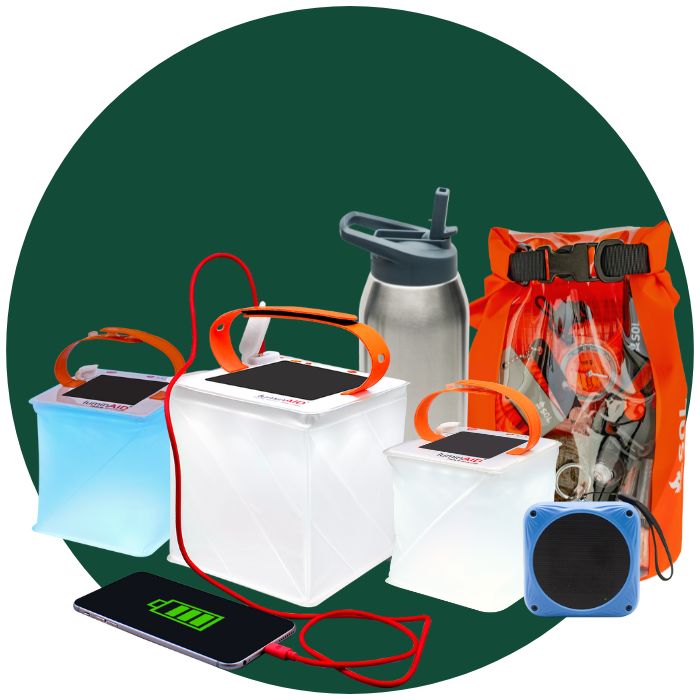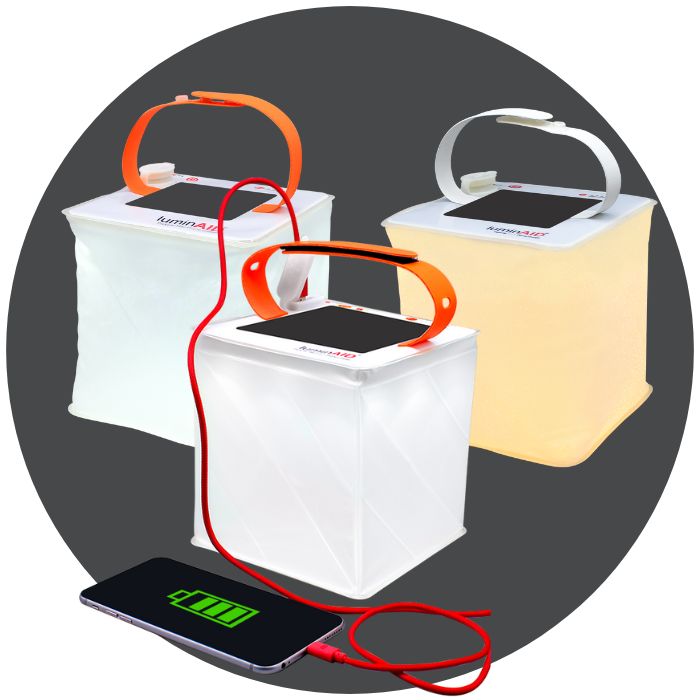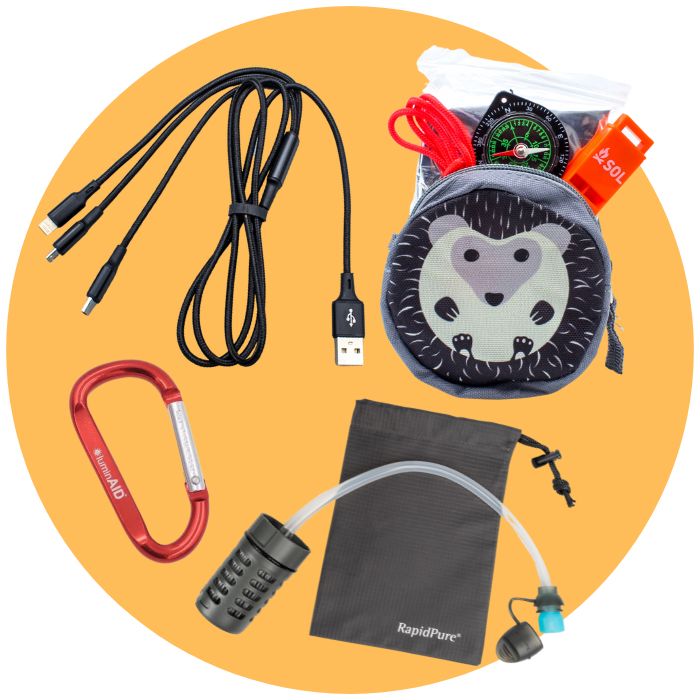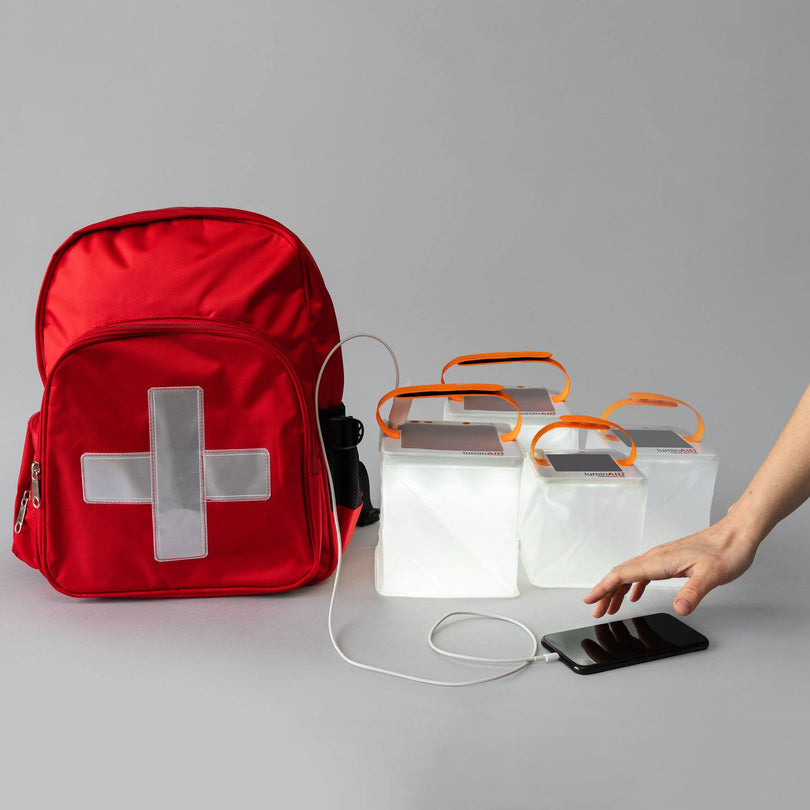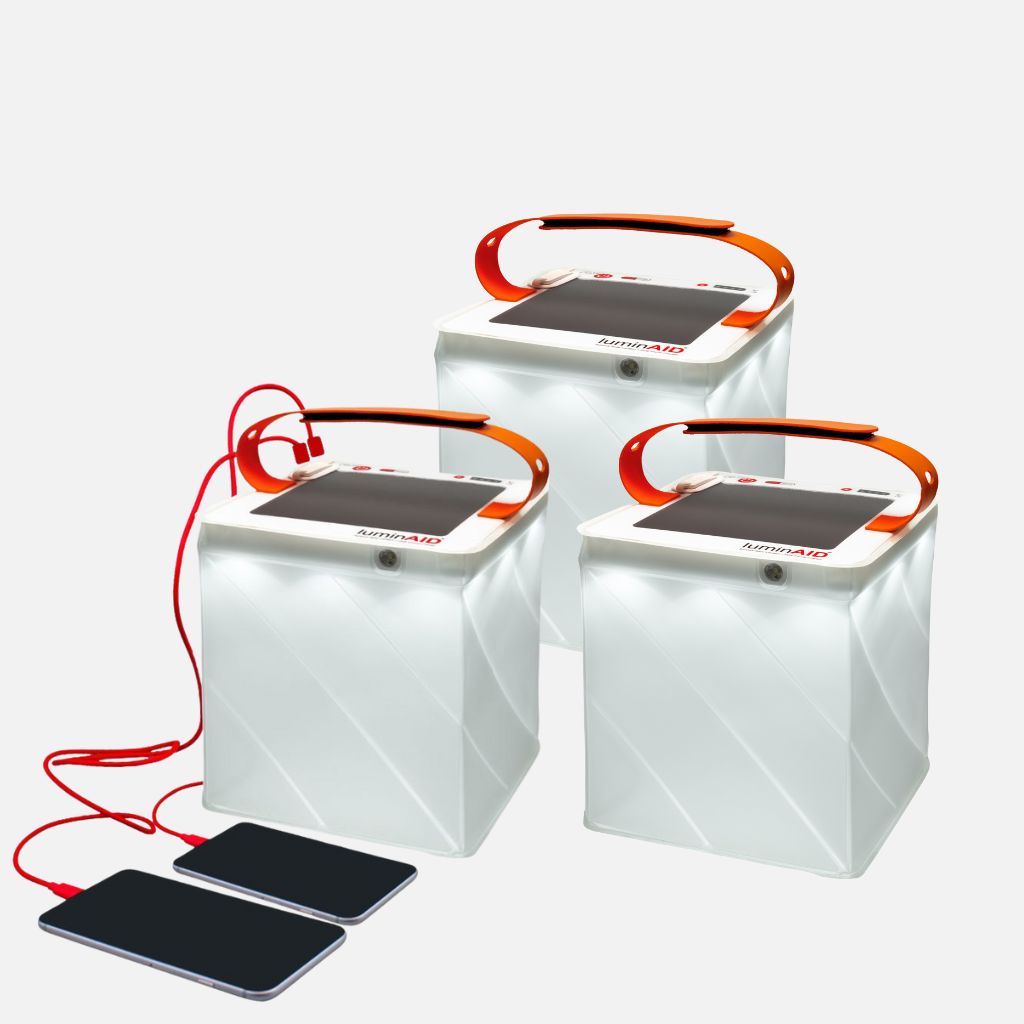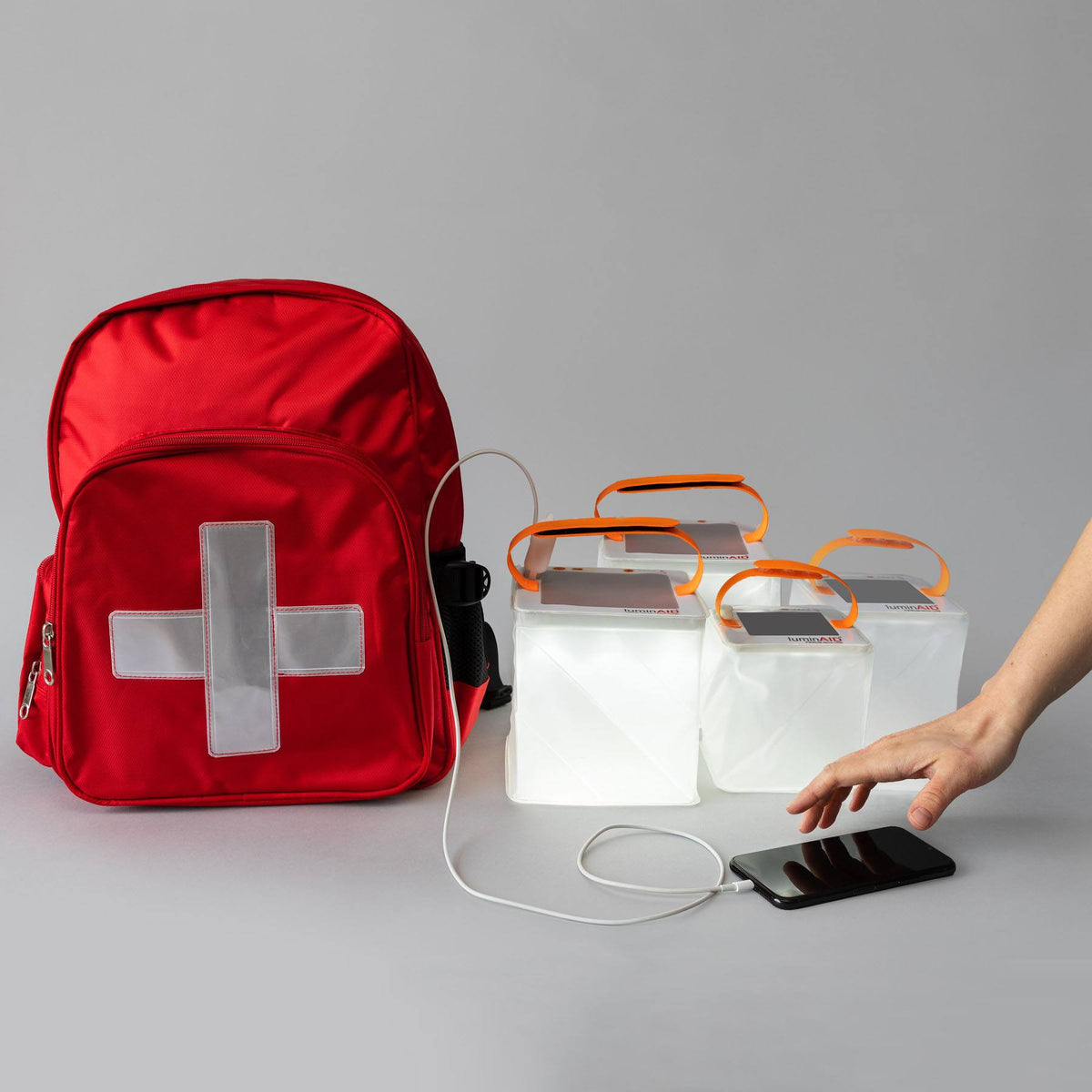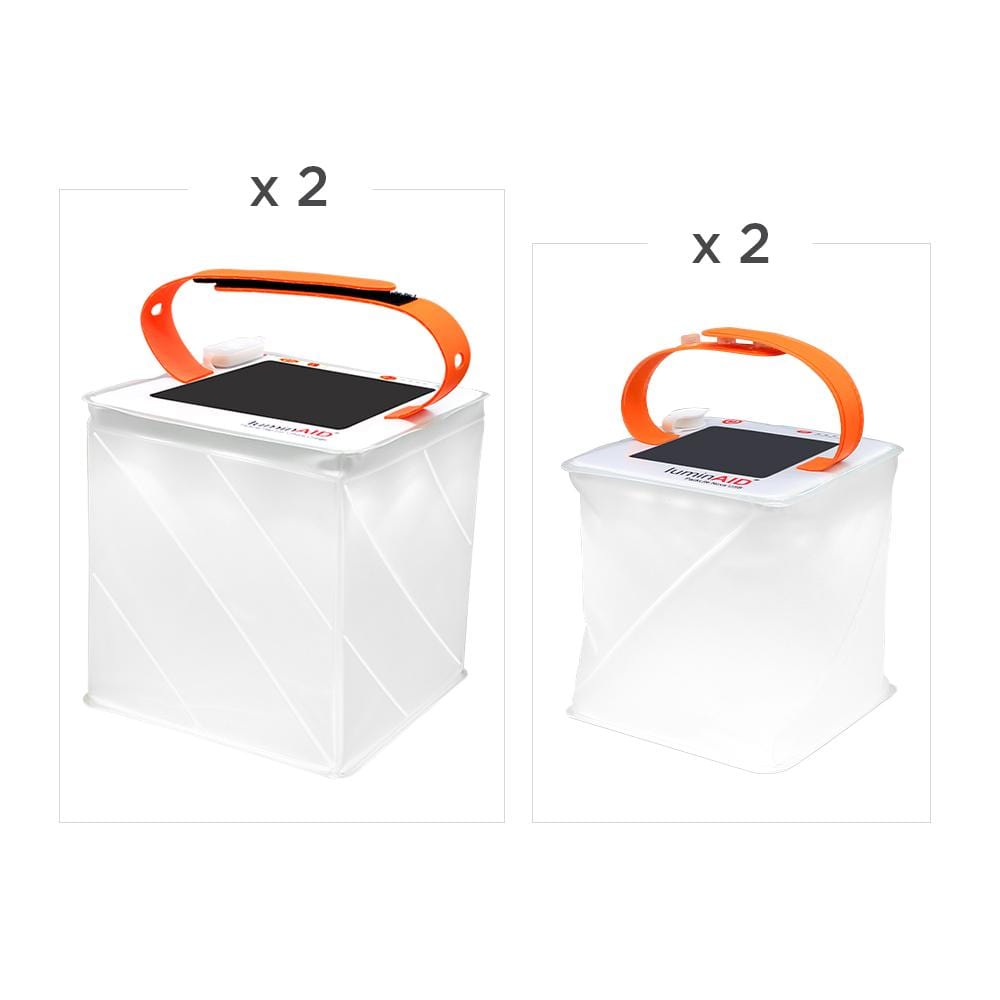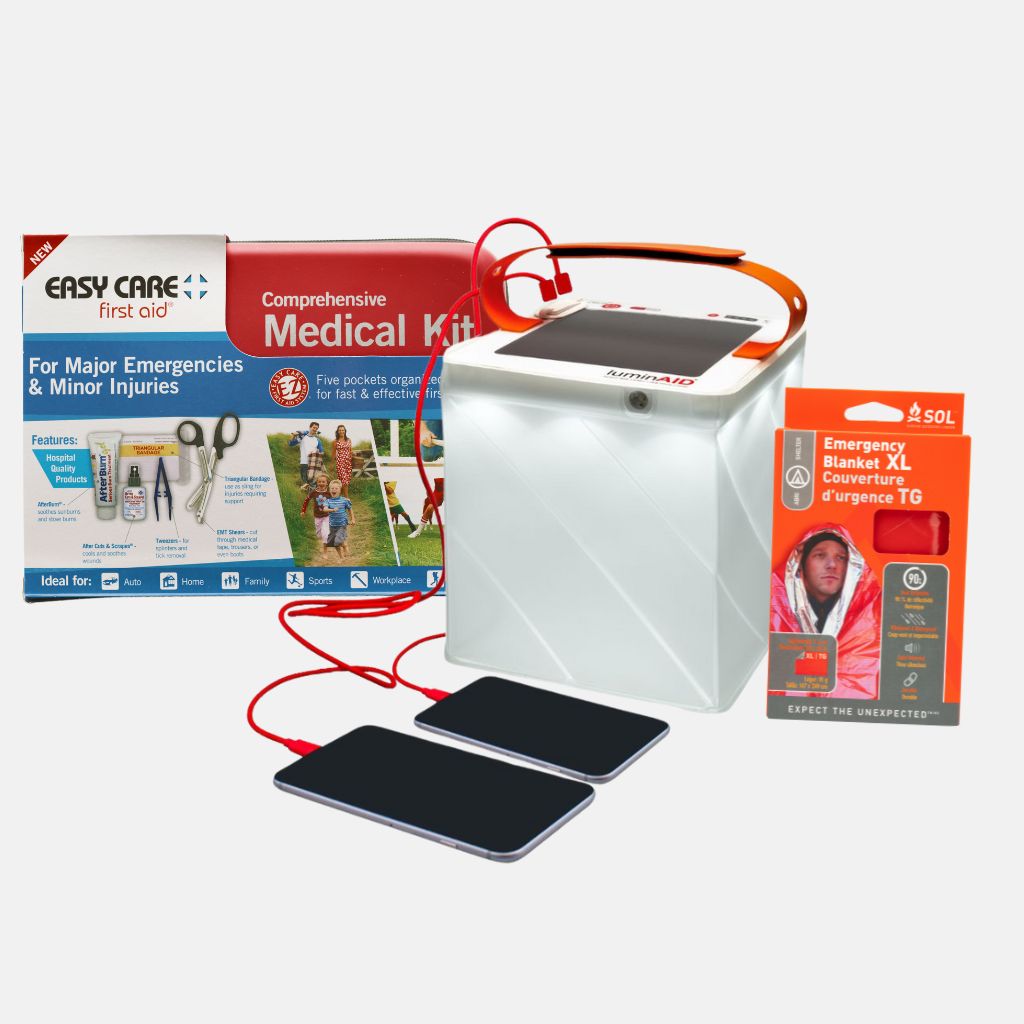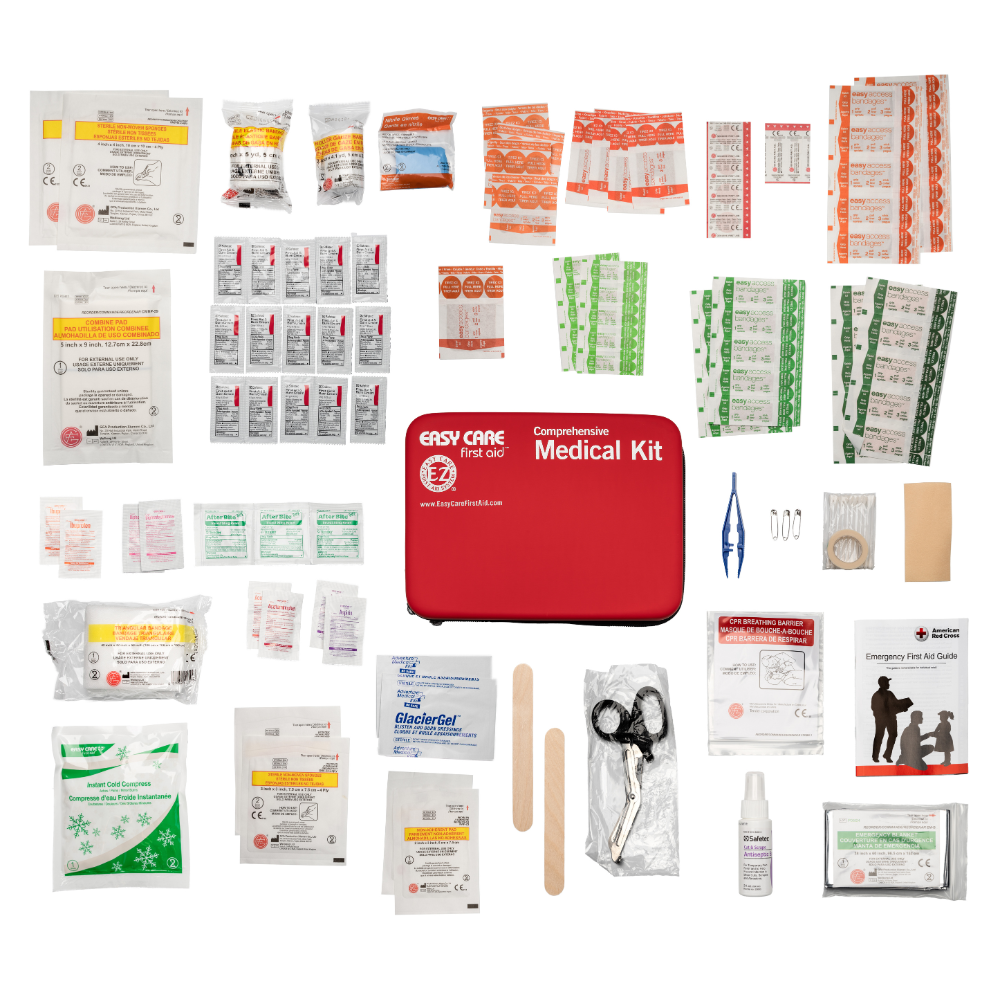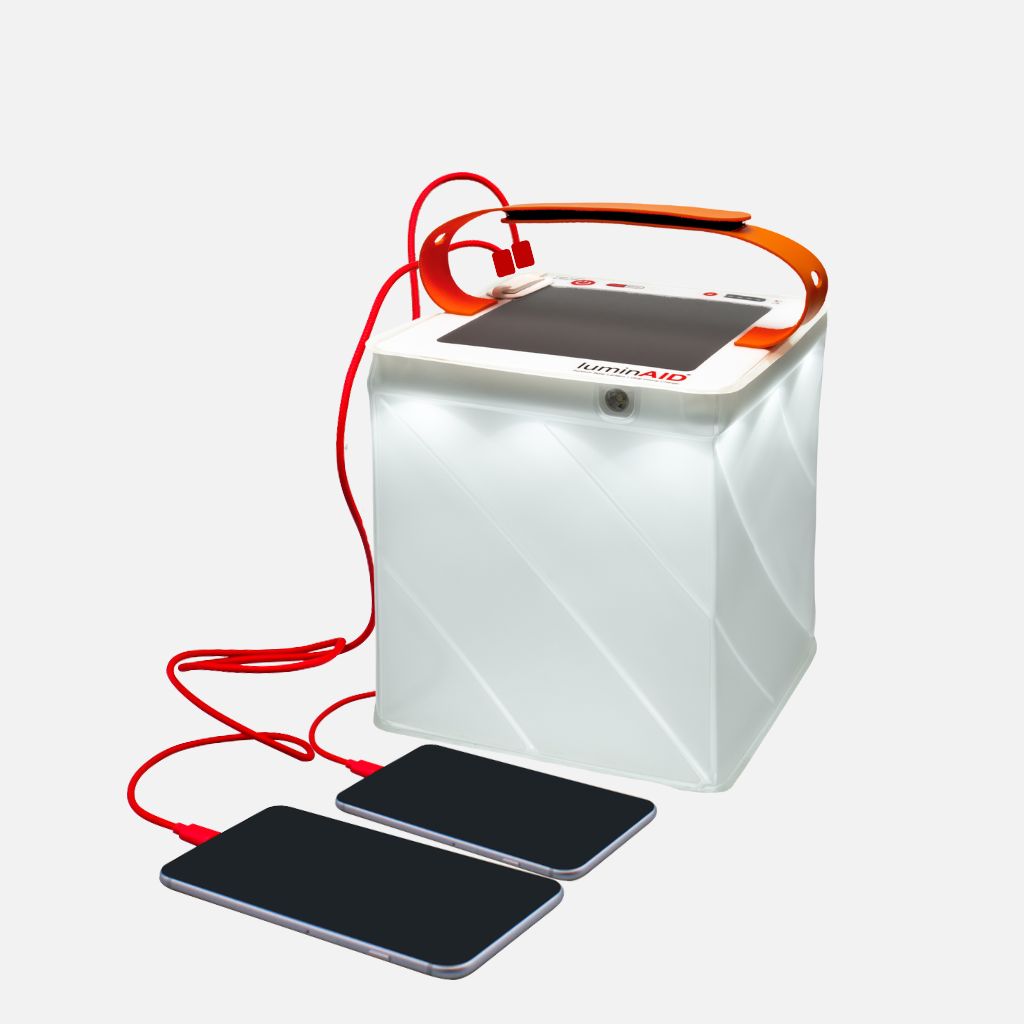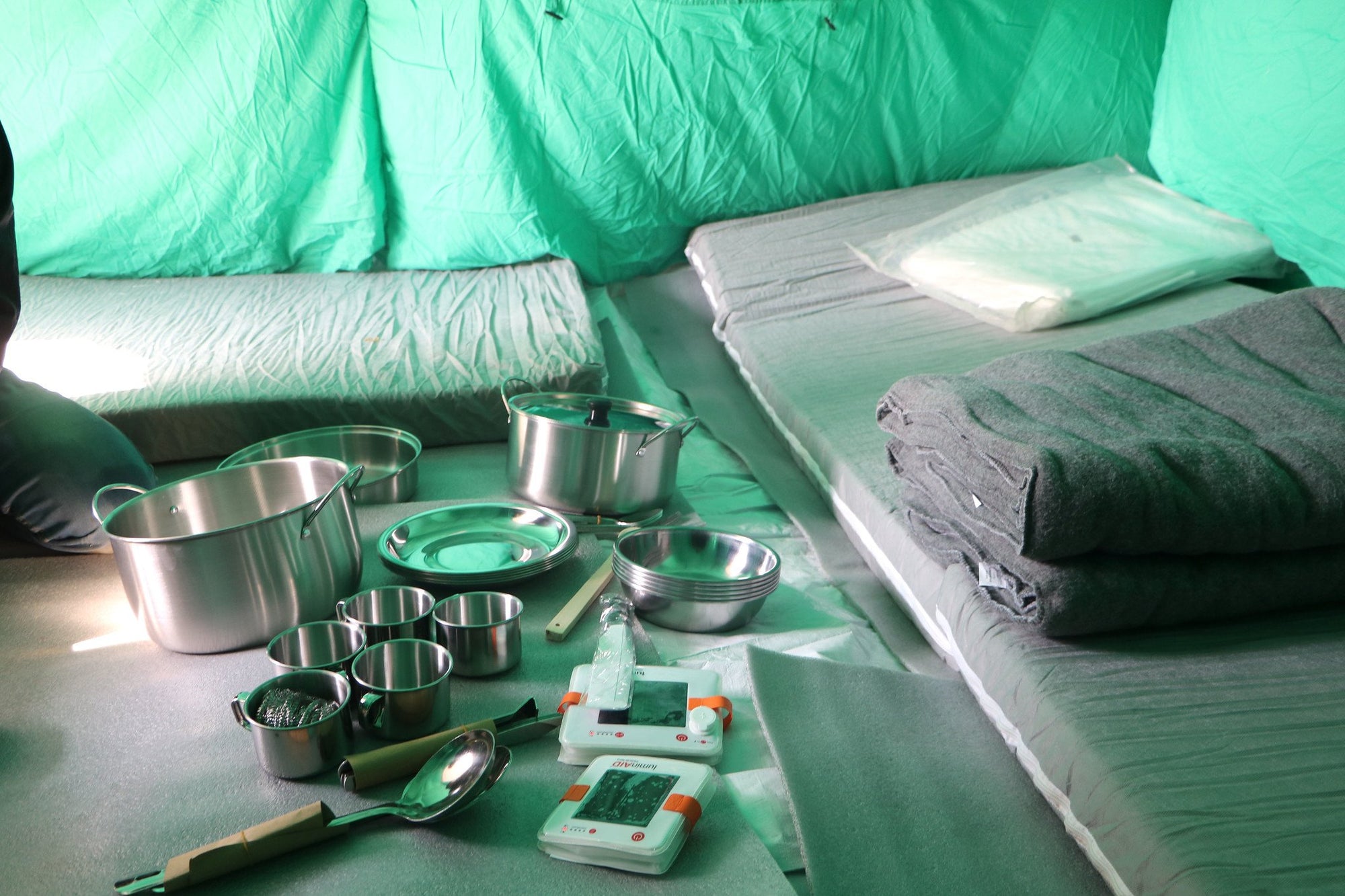Generators provide significant protection against unpredictable power outages. Still, before using a standby or portable generator, you should be aware of several risks, precautions, and safety tips.
How portable generators work
Portable generators run a gas-powered engine to convert fuel into electrical power using an onboard alternator. Power outlets on the generator then let you connect cords to power electric appliances and tools using gasoline, diesel, propane, or natural gas.
They differ from permanently-installed home generators, also known as standby generators, in that they can be moved around your home as needed. However, they do have to be started manually in an emergency and can require a bit more maintenance.
They are a worthwhile investment if you live in areas prone to winter storm power outages or hurricanes, allowing you to keep your essential appliances powered.
Safety first
With great power, however, comes great responsibility. Research generators before purchasing, considering the size and power output you need. Look for any safety tests the generator passes, its emissions output, and additional safety features it may have.
Be sure to read the manufacturer’s instructions and safety sheets before using your generator, and always pay careful attention to any warnings.
Carbon monoxide poisoning
One of the most significant risks associated with generators is carbon monoxide (CO) poisoning. Nearly 80% of all carbon monoxide-related deaths between 1992 and 2012 were associated with generator use. Of that, 50% occurred from November to February, and the other 30% occurred from March to April and September to October. These months also coincide when power outages are typical due to natural hazards like winter storms and hurricanes, meaning your risk of CO poisoning can increase during blackouts.
Due to their high emissions, portable generators should never be used indoors, near open doors or windows, or in partially-enclosed spaces. The exhaust should also always point away from the user.
Of the carbon monoxide deaths related to generator use, 67% were because the generator was used in the basement or other living areas of the home.
Install carbon monoxide alarms throughout your home and test their batteries monthly to protect against these virtually undetectable fumes. If you feel dizzy, weak, or lightheaded, leave the area immediately and seek medical attention for carbon monoxide poisoning.

Electric shock
Electric hazards created by generators are the same as utility-supplied electricity. Still, generators can bypass built-in home safety features (like circuit breakers), so they may pose additional threats.
Follow proper extension cord safety and use adequately rated heavy-duty extension cords with a grounding connector. This will protect the internal wiring and ensure no grounding issues could lead to harm.
Only use a generator in wet conditions with proper safety equipment, such as a canopy or generator-tent cover and properly-rated extension cords with built-in ground fault circuit interrupters (GCFIs) to mitigate the electrical shock hazard. You should also never adjust the generator’s electrical components if you are wet or standing in a puddle of water, and ensure it is thoroughly dry before turning it on.
Never power your home by connecting your generator to your home’s outlets, also known as “backfeeding” – this is illegal and very dangerous. Instead, only allow a certified electrician to connect your generator to your home’s systems with a transfer switch. Otherwise, you risk energizing utility powerlines putting utility workers in danger, and introducing more hazards into your home.
When handling a running generator, only use one hand to touch metallic surfaces and wear rubber-soled shoes if possible. Electricity follows the path of least resistance, which can be you if you’re not careful!
Fire
While they’re generally safe while running, you must be careful as the hot engine can pose a fire risk. If gasoline or other flammable liquids spill onto the engine, they could ignite, so let the engine cool before refueling.
The flammable fuels used to power the generators must also be stored properly; otherwise, they can pose a significant fire risk. Use appropriate containers approved for flammable fuels, and never keep them in your home and around other fuel-burning appliances.
Safety tips
Knowing the technical specs
Generators and technical specs go hand-in-hand, so calculate your power needs before purchasing your first generator, from wattage output to frequency of use. This will ensure you have enough power to run your essential appliances and that you chose the right generator for your needs.
To maximize the functionality of your generator, you should have a transfer switch installed by a qualified electrician. This transfer switch will act as a circuit breaker panel for your generator, allowing you to power your home’s electrical circuit without the fire and electrical hazards of “backfeeding.”
Additionally, a transfer switch will allow you to power hard-wired appliances like hot water heaters and skip the heavy-duty extension cords.
Using the generator during bad weather
As we mentioned earlier, water and generators do not mix, so avoid using your generator unprotected during bad weather, such as rainstorms, blizzards, or hurricanes. Instead, use a generator tent, a pop-up canopy, or a dedicated shed as a permanent home (just be sure there is proper ventilation) to prevent electrocution and damage to your generator.
If you live in areas that experience high summer temperatures, you should consider extra precautions when storing your gas. High temperatures can ignite flammable materials even when kept in your garage.
Refueling the generator
Turn off your engine and allow it to cool before refueling, and never keep the fuel container near the generator while it is running. This will mitigate the fire hazards related to refueling and allow your generator to cool periodically, keeping it from overheating and damaging.
While you shouldn’t store gas inside a generator while not in use, you should stock up on fuel at least a couple of days before bad weather comes. Some generators can run up to 20 gallons of fuel in 24 hours. Extreme weather events like hurricanes can cause blackouts for days, so plan accordingly.
General knowledge about generators
What's the safe generator distance?
According to the FEMA, gas-powered generators should only be used at least 20 feet away from any doors or windows, with the exhaust pointing away from your home. Their study indicates that 15 feet alone may not be enough to stop carbon monoxide from entering your home, so practice extra caution when possible.
The only exception is if you use a portable power station, also sometimes known as a battery-powered generator. Since these large batteries need to be recharged rather than using a gas-powered engine to produce electricity, they are safe to use indoors.

How to make a generator safe for electronics?
Because combustible fuels power portable generators, they aren’t always consistent in their power output. This production fluctuation can put your electronics at risk if they’re connected directly to the generator. However, there are numerous ways to make your generator safe for electronics.
One way is to look for generators with built-in inverters and automatic voltage regulators (AVR). Inverter generators will provide cleaner and more consistent power and can even save fuel and reduce carbon monoxide emissions, which means they’re safer for your health and your wallet long-term.
Automatic voltage regulators will also help convert fluctuating voltage levels into consistent power for your electronics; however, it is less efficient and louder than an inverter.
Surge protectors are a quick and affordable way to safeguard your electrical appliances from inconsistent power if your generator doesn’t have an inverter or AVR.
How long does it take to run the generator during a power outage?
Standby generators can begin running in as little as 30 seconds and can turn themselves off once power is reestablished. However, portable generators require more time to warm up and produce usable energy.
Follow your generator’s starting guide and complete any preventative maintenance to keep your generator in working condition.

Can you use a generator in an apartment?
Conventional generators should never be used in an apartment building or condo, especially if you cannot meet proper safety distances. Eighty percent of CO poisoning deaths from portable generators result from operating a generator in a living space.
However, solar generators and portable power stations may be suitable alternatives to conventional generators. They won’t produce as much power as gas-powered generators. Still, they’re emissions-free, meaning you can use them indoors in apartment buildings and condos without worrying about carbon monoxide poisoning.
Consider an external battery pack if you’re just looking for something to keep your small devices charged. LuminAID’s PackLite Titan has emergency preparedness in mind – its 4,000 mAh battery can power up to 3 phones and provide up to 100 hours of continuous light with its 300-lumen LED. And since it’s solar-charged, recharging is as easy as setting it in the sun.
How portable generators work
The process is straightforward; portable generators convert mechanical energy from the engine into electrical energy using combustible fuels to power the process.
Regardless of what portable generator you get, they all share 5 main parts:
- Starter
- Fuel tank
- Internal combustion engine
- Alternator
- Outlets
Your starter will allow you to start your engine to begin producing power. Newer machines have electric starters, but a pull-chord mechanism is still common.
The fuel tank is where your combustible fuel will go to power the generator. However, keep in mind that gas should not be stored in the generator for long periods but rather in separate gas cans with a gas stabilizer to maximize shelf life.
The internal combustion engine is where your power will come from, converting the fuel into mechanical energy. Then, the alternator converts the mechanical energy into electrical energy using a rotator and wound coils.
Finally, the outlets allow you to power your appliances. The make and model of your generator will change the kinds and number of outlets your generator has, with more expensive generators providing more functionality.
Summary
Generators can be life-saving in an emergency, but they also come with their own dangers. Carbon monoxide poisoning, electric shock, and fire hazards are all threats to be aware of. Still, risks can be easily mitigated with the proper precautions. This quick guide to generator safety will help you stay powered safely.

